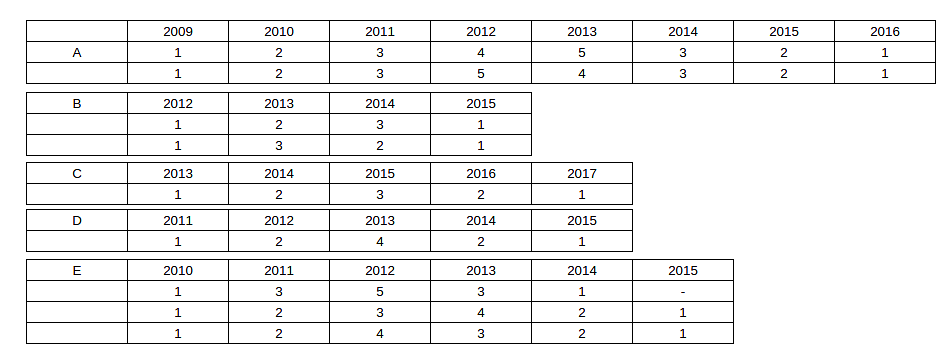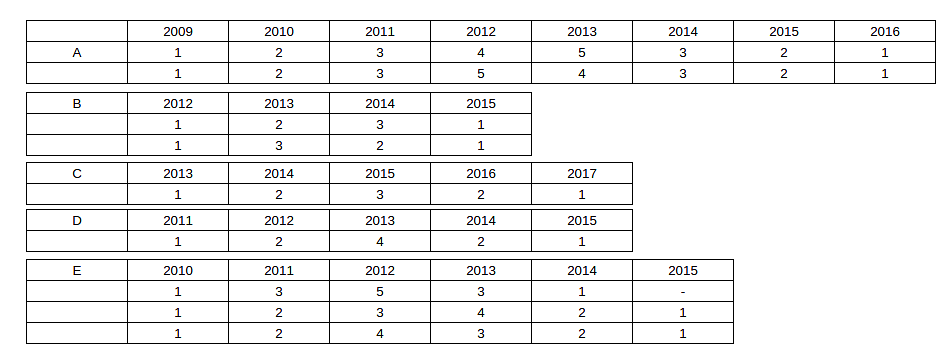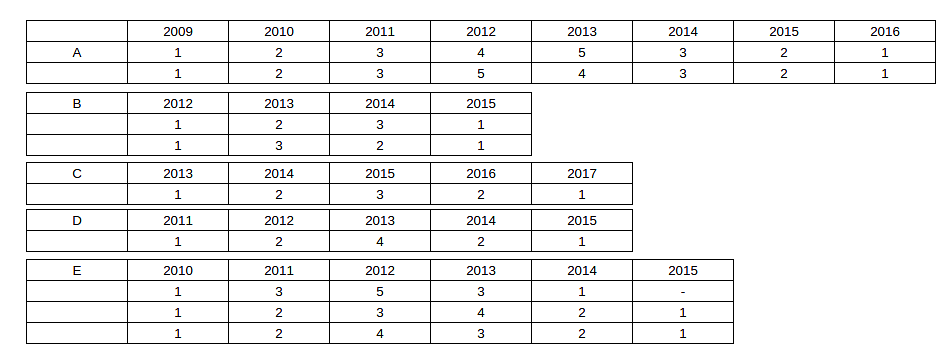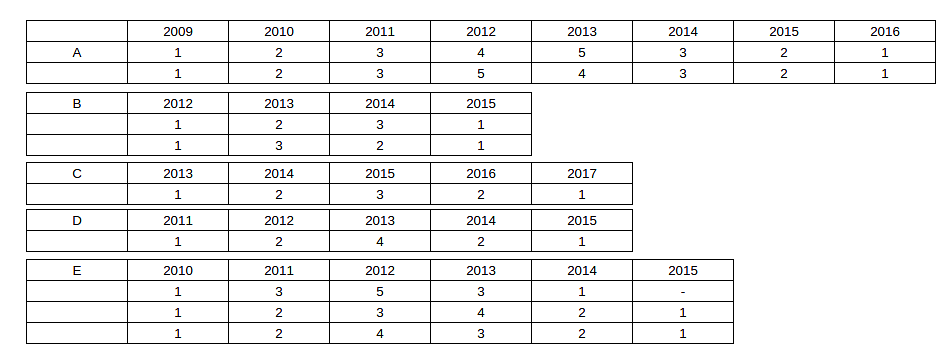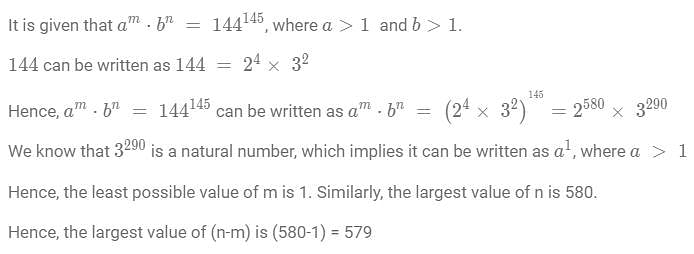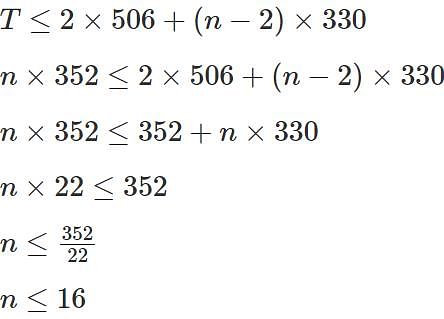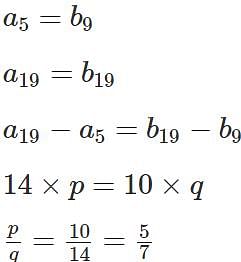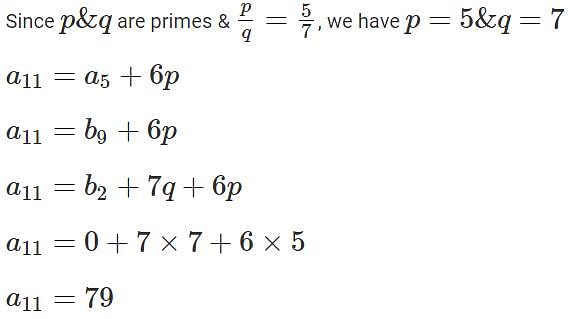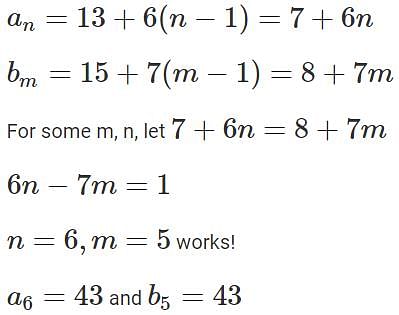CAT 2023 Slot 2: Past Year Question Paper (November 3) - CAT MCQ
30 Questions MCQ Test Daily Test for CAT Preparation - CAT 2023 Slot 2: Past Year Question Paper (November 3)
The central idea of the passage would be undermined if:
The act of "thrifting", as described in the passage, can be considered ironic because it:
According to the author, companies like ThredUP have not caught on in the UK for all of the following reasons EXCEPT that:
All of the following statements are evidence of the decline of liberalism today, EXCEPT:
The author of the passage refers to "the Davos elite" to illustrate his views on:
According to this passage, which one of the following statements best describes the significance of archaeology for historians?
All of the following describe the "common-sense view" of history, EXCEPT:
Based on information provided in the passage, all of the following are true, EXCEPT:
The author sees the rise of Netflix in Europe as:
Based only on information provided in the passage, which one of the following hypothetical Netflix shows would be most successful with audiences across the EU?
Five jumbled up sentences (labelled 1, 2, 3, 4 and 5), related to a topic, are given below. Four of them can be put together to form a coherent paragraph. Identify the odd sentence and key in the number of that sentence as your answer.
1. Self-care particularly links to loneliness, behavioural problems, and negative academic outcomes.
2. "Latchkey children" refers to children who routinely return home from school to empty homes and take care of themselves for extended periods of time.
3. Although self-care generally points to negative outcomes, it is important to consider that the bulk of research has yet to track long-term consequences.
4. In research and practice, the phrase "children in self-care" has come to replace latchkey in an effort to more accurately reflect the nature of their circumstances.
5. Although parents might believe that self-care would be beneficial for development, recent research has found quite the opposite.
The four sentences (labelled 1, 2, 3 and 4) given below, when properly sequenced, would yield a coherent paragraph. Decide on the proper sequencing of the order of the sentences and key in the sequence of the four numbers as your answer.
- Contemporary African writing like ‘The Bottled Leopard’ voices this theme using two children and two backgrounds to juxtapose two varying cultures.
- Chukwuemeka Ike explores the conflict, and casts the Western tradition as condescending, enveloping and unaccommodating towards local African practice.
- However, their views contradict the reality, for a rich and sustaining local African cultural ethos exists for all who care, to see and experience.
- Western Christian concepts tend to deny or feign ignorance about the existence of a genuine and enduring indigenous African tradition.
The passage given below is followed by four alternate summaries. Choose the option that best captures the essence of the passage.
Heatwaves are becoming longer, frequent and intense due to climate change. The impacts of extreme heat are unevenly experienced; with older people and young children, those with pre-existing medical conditions and on low incomes significantly more vulnerable. Adaptation to heatwaves is a significant public policy concern. Research conducted among at-risk people in the UK reveals that even vulnerable people do not perceive themselves as at risk of extreme heat; therefore, early warnings of extreme heat events do not perform as intended. This suggests that understanding how extreme heat is narrated is very important. The news media play a central role in this process and can help warn people about the potential danger, as well as about impacts on infrastructure and society.
The passage given below is followed by four alternate summaries. Choose the option that best captures the essence of the passage.
People spontaneously create counterfactual alternatives to reality when they think “if only” or “what if” and imagine how the past could have been different. The mind computes counterfactuals for many reasons. Counterfactuals explain the past and prepare for the future, they implicate various relations including causal ones, and they affect intentions and decisions. They modulate emotions such as regret and relief, and they support moral judgments such as blame. The ability to create counterfactuals develops throughout childhood and contributes to reasoning about other people's beliefs, including their false beliefs.
What is Akhil's score on Day 1?
Who attains the maximum total score?
What is the minimum possible total score of Bimal?
For which firm(s) can the amounts raised by them be concluded with certainty in each year?
What best can be concluded about the total amount of money raised in 2015?
What is the largest possible total amount of money (in Rs. crores) that could have been raised in 2013?
If the total amount of money raised in 2014 is Rs. 12 crores, then which of the following is not possible?
Which were all the rides that Anjali completed by 2:00 pm?
Let a, b, m and n be natural numbers such that a > 1 and b > 1. If ambn = 144145, then the largest possible value of n - m is
The number of positive integers less than 50, having exactly two distinct factors other than 1 and itself, is
In a company, 20% of the employees work in the manufacturing department. If the total salary obtained by all the manufacturing employees is one-sixth of the total salary obtained by all the employees in the company, then the ratio of the average salary obtained by the manufacturing employees to the average salary obtained by the non-manufacturing employees is
The price of a precious stone is directly proportional to the square of its weight. Sita has a precious stone weighing 18 units. If she breaks it into four pieces with each piece having distinct integer weight, then the difference between the highest and lowest possible values of the total price of the four pieces will be 288000. Then, the price of the original precious stone is
Jayant bought a certain number of white shirts at the rate of Rs 1000 per piece and a certain number of blue shirts at the rate of Rs 1125 per piece. For each shirt, he then set a fixed market price which was 25% higher than the average cost of all the shirts. He sold all the shirts at a discount of 10% and made a total profit of Rs 51000. If he bought both colors of shirts, then the maximum possible total number of shirts that he could have bought is
If a certain amount of money is divided equally among n persons, each one receives Rs 352. However, if two persons receive Rs 506 each and the remaining amount is divided equally among the other persons, each of them receive less than or equal to Rs 330. Then, the maximum possible value of n is
Let both the series a1, a2, a3,… and b1, b2, b3… be in arithmetic progression such that the common differences of both the series are prime numbers. If a5 = b9, a19 = b19 and b2 = 0 , then a11 equals
Let an and bn be two sequences such that an = 13 + 6(n − 1) and bn = 15 + 7(n − 1) for all natural numbers n. Then, the largest three digit integer that is common to both these sequences, is
|
152 docs|327 tests
|























